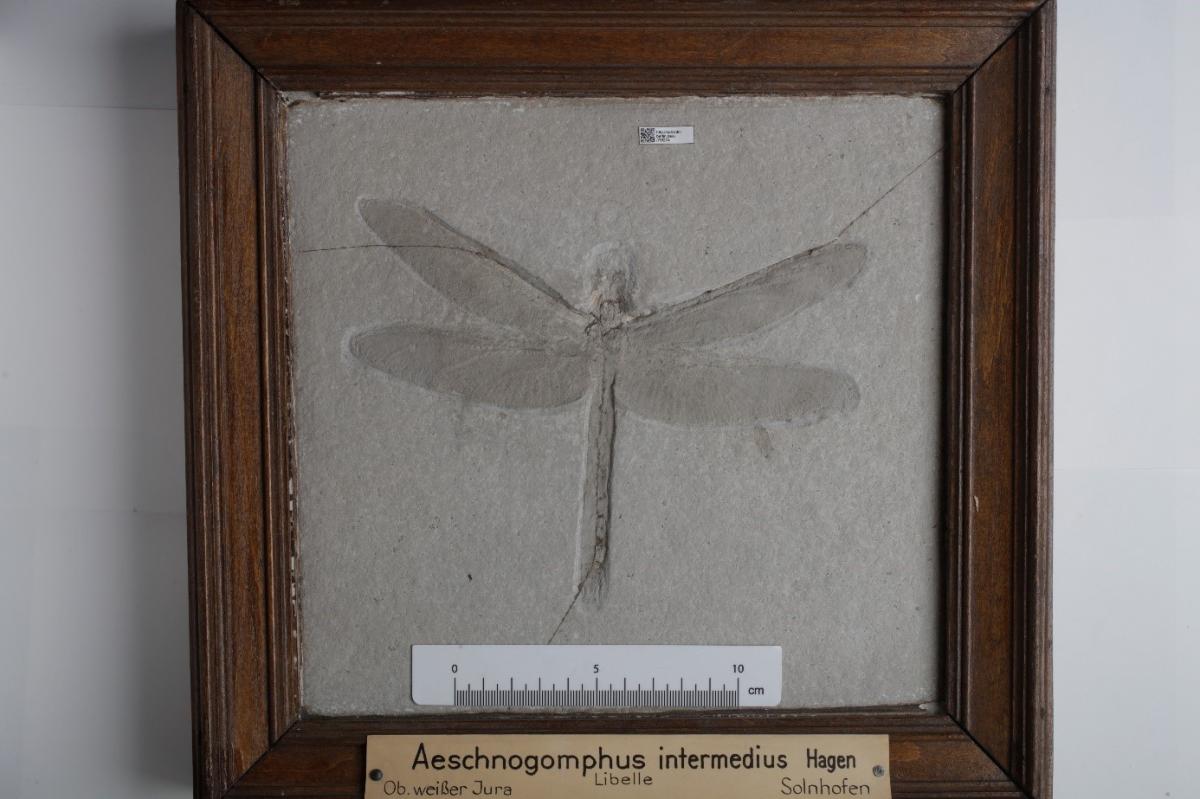As part of the future plan of the Museum für Naturkunde, the collection will be digitally disclosed within the next few years. Since the museum contains extremely different object groups from a large number of sub-collections, it is essential to develop and optimize the most suitable digitization workflows for the respective collection items through representative preliminary studies. The project "Digitization of fossil Insects" served to gain valuable insights into the mass digitization of paleontological collections.
The complete collection with a total of 2382 individual objects was digitized within 24 weeks. Each piece was both photographed and provided with an inventory number and a machine-readable, globally unique reference number. In addition to that, labels were documented, the metadata transcribed and entered into the Specify database. Both the metadata and the image data will now be available to interested parties and researchers worldwide in the data portal.
The collection consists of valuable historical material from all geological eras and numerous sites. One focus are the fossil insects from the Upper Jurassic of Solnhofen. The dragonflies found there are very rare and show a detailed wing vein-pattern. Another highlight is the collection of Oswald Heer from southern Germany with its beautiful wooden boxes. Many of the specimens are type specimens that serve as the basis for defining and naming a respective taxon and are therefore particularly valuable for science and research. Digitization makes these pieces for the first time worldwide digitally accessible and searchable. Information gained in this project is of immense value and contributes to the connection between scientists and the collections worldwide. The disclosure of this collection part enables the direct comparison between newly gathered objects with pieces of the historical collection at the MfN without borrowing the pieces or having to undertake long journeys.
Further digitization projects will improve based on the knowledge gained in this pilot project. In this process, we make the collection of the Museum für Naturkunde Berlin accessible according to the latest standards and methods and open it up to citizens and scientists for research and as a cultural heritage.
